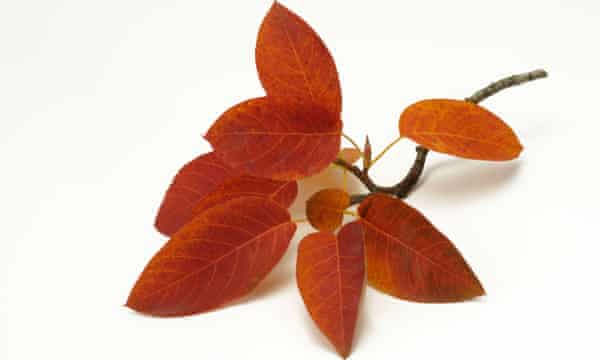How to make your garden more sustainable

Careful planting and maintenance means that you can help with the bigger picture by focusing on your own back yard
Trying to do the right thing when it comes to the environment can seem daunting. The wonderful thing about gardening, however, is that we can make a real difference. Here are some simple ways to make your plot more sustainable – and more beautiful, too.
Unlike, say, energy-intensive power tools, some of the contributors to greenhouse gas emissions are less obvious. This includes the very plants themselves which, depending where they come from, can rack up a significant footprint from the glasshouses, lorries, heating and lighting involved. This is particularly the case for “disposable” bedding plants that fill garden centres each season, designed to be planted out for a few months a year then ripped out and replaced with new purchases.

Swapping to propagating your own plants will not only potentially save you hundreds of pounds, but open your options up to a far greater range of species. That’s because the seed catalogues stock thousands of varieties that you will never find in your average garden centre. It also means, if you have like-minded mates, you can get your hands on cuttings and seed that can’t be found anywhere else. Then there’s the fact that growing your own means you get to witness the miracle of seeds sparking into life and cuttings suddenly putting out new roots – a thrill you rarely get by picking something off a shelf. Sticking to perennials or self-seeding annuals, rather than traditional tender perennial bedding, also means you will have these plants for life, providing maximum pleasure for minimal work and environmental impact.
Gardeners, of course, are in the unique position that they can not only reduce their emissions, but also help capture them, too. Planting trees is an obvious way to draw carbon out of the atmosphere, with options like amelanchier fitting into even the smallest spaces. Also overlooked are the benefits of hedges, which can replace the expense and emissions from fences or walls, with a living barrier that is not only continually sucking up greenhouse gases, but provides wildlife habitat, colour and interest year round. Composting the clippings along with the rest of your garden waste is a really neat way of producing your own lower-emission soil improver, too, especially if you are using it to replace the ecological disaster that is peat. Also bear in mind that the old school idea of routinely digging your garden has not only been shown to damage soil health, it also releases a significant amount of the carbon it stores. So taking a rest and leaving your soil alone just happens to be kinder to the planet, too.
Follow James on Twitter @Botanygeek
